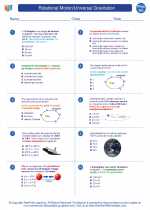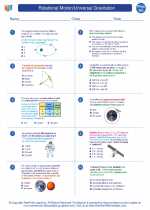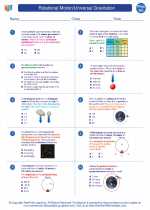Cretaceous-Paleogene (K-Pg) Boundary
The Cretaceous-Paleogene (K-Pg) boundary, formerly known as the Cretaceous-Tertiary (K-T) boundary, marks a significant event in Earth's history. It represents the end of the Mesozoic Era and the beginning of the Cenozoic Era. The K-Pg boundary is defined by a thin layer of sediment found in rock formations all over the world, which contains high levels of the element iridium. This layer is associated with a mass extinction event that led to the extinction of the non-avian dinosaurs, as well as many other plant and animal species.
Causes of the K-Pg Extinction Event
There are several theories about the causes of the K-Pg extinction event, with the leading hypothesis being the impact of a large asteroid or comet. It is believed that the impact caused a global catastrophe, leading to widespread fires, tsunamis, and a "nuclear winter" effect due to the release of dust and debris into the atmosphere. This would have disrupted the global climate and led to the collapse of ecosystems around the world.
Study Guide
- Describe the geological evidence for the K-Pg boundary.
- Explain the theory of the impact hypothesis for the K-Pg extinction event.
- Discuss the environmental effects of a large asteroid impact on Earth.
- Identify the major groups of organisms that went extinct at the K-Pg boundary.
- Compare and contrast the Cretaceous and Paleogene periods in terms of climate, flora, and fauna.
- Investigate the role of volcanic activity in the K-Pg extinction event.
◂Physics Worksheets and Study Guides High School. Rotational Motion/Universal Gravitation

 Worksheet/Answer key
Worksheet/Answer key
 Worksheet/Answer key
Worksheet/Answer key
